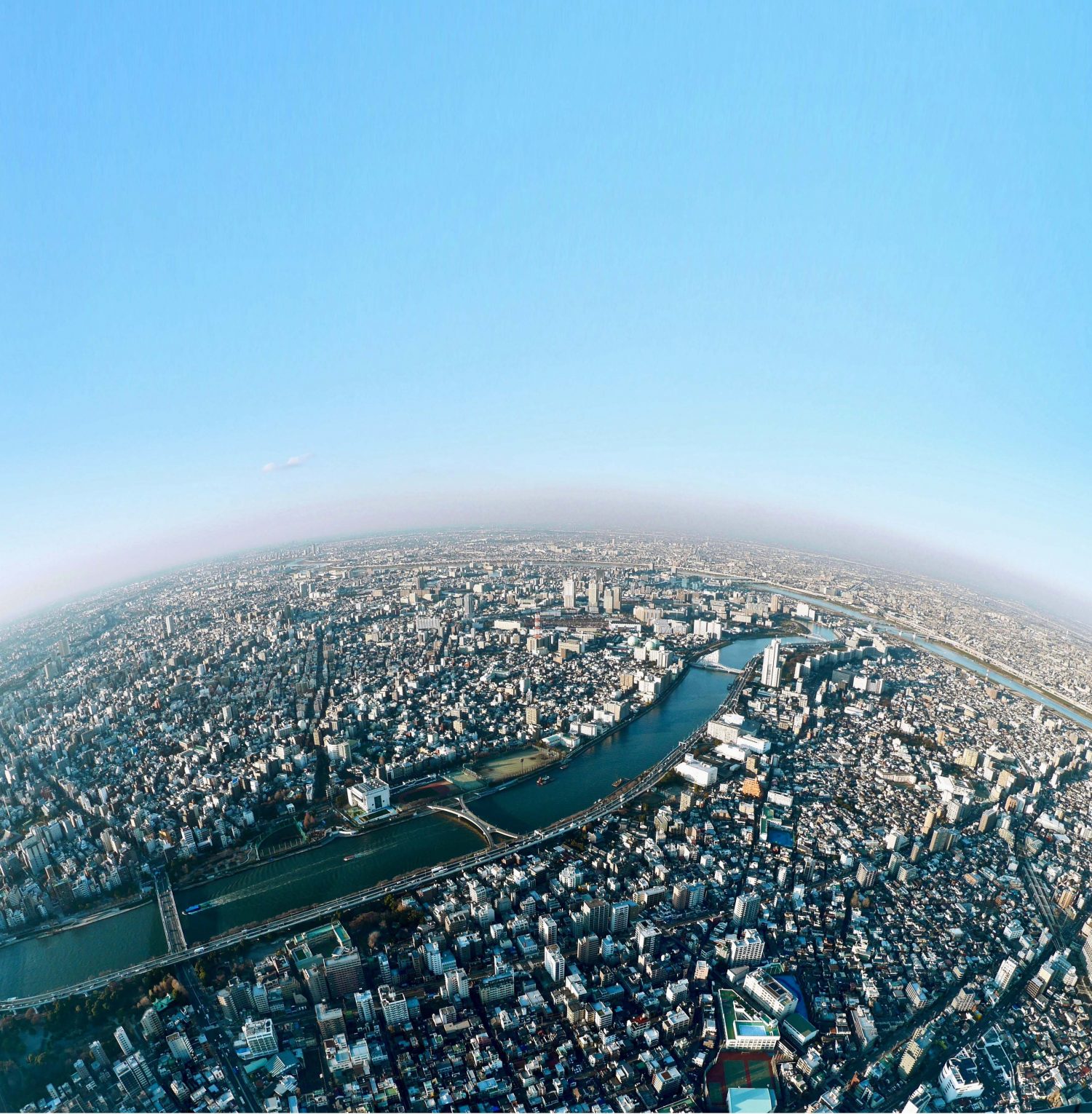Key Takeaways:
- CCS can help reduce CO2 emissions for hard-to-decarbonize industries.
- Asia Pacific is well placed for the development of a CCS industry.
- Collaboration is key to developing cross-border emission-reduction solutions like CCS.
[BREAKOUT BOX]
What is CCS?
CCS is a technology that captures CO2 then transports it for reuse or stores it safely and permanently deep underground.
CCS is considered essential to reducing CO2 emissions from industries such as steel, cement, chemicals and power generation, which are hard to decarbonize.
We’re an industry leader in CCS, working with governments and industry throughout the Asia Pacific region to help them capture CO2 at a scale that can make a difference.

Where is CO2 stored?
Because CO2 is inert and stable, it can be safely and permanently stored deep underground, well below sources of drinking water, both onshore and under the sea.
[BREAKOUT BOX END.]
Why Asia Pacific?
There are a growing number of CCS projects being evaluated around the world, including in Asia Pacific.
CCS has the potential to enable economic growth while helping to address the risks of climate change. Currently, more than half the global population lives in this region, where CO2 emissions represent nearly half of the world’s emissions.
There’s also a rapidly growing middle class that drives demand for products – from better housing to cars and electronic goods. So it’s a two-pronged goal: enabling economic growth while reducing emissions. We call it the “and” equation.
The region is well placed for the development of a CCS industry. Click the dots on the map to learn more.
[INSERT GRAPHIC]
Collaboration is key
What makes Asia Pacific unique is the region’s opportunity to work together to develop cross-border emission-reduction solutions like CCS.
Nations such as Japan, South Korea and Singapore have aggressive CO2 mitigation plans but have limited access to sufficient CO2 storage within their borders. While countries with traditional oil and gas industries, such as Indonesia and Malaysia, have potentially large CO2 storage opportunities but may not require full use of its storage sites at this time.
This unique regional dynamic offers an opportunity for countries to collaborate to reduce CO2 emissions in the region, where emitting countries can pay for the use of storage.
We see the potential for CCS hubs and cluster networks, where captured CO2 is taken from multiple industrial sites, aggregated, then transported and stored. This hub model provides an economy of scale for hard-to-decarbonize industries, such as steel, petrochemicals or cement. The collective effort across the hubs and networks could help accelerate development of new CCS projects.
As Asia Pacific develops its energy transition pathways, CCS, together with hydrogen and other lower-emission solutions, could allow us to play a unique role in meeting the needs of people and the industry, while reducing emissions across hard-to-decarbonize sectors. To achieve progress toward a net-zero future, collaboration among governments, businesses and communities is paramount.




